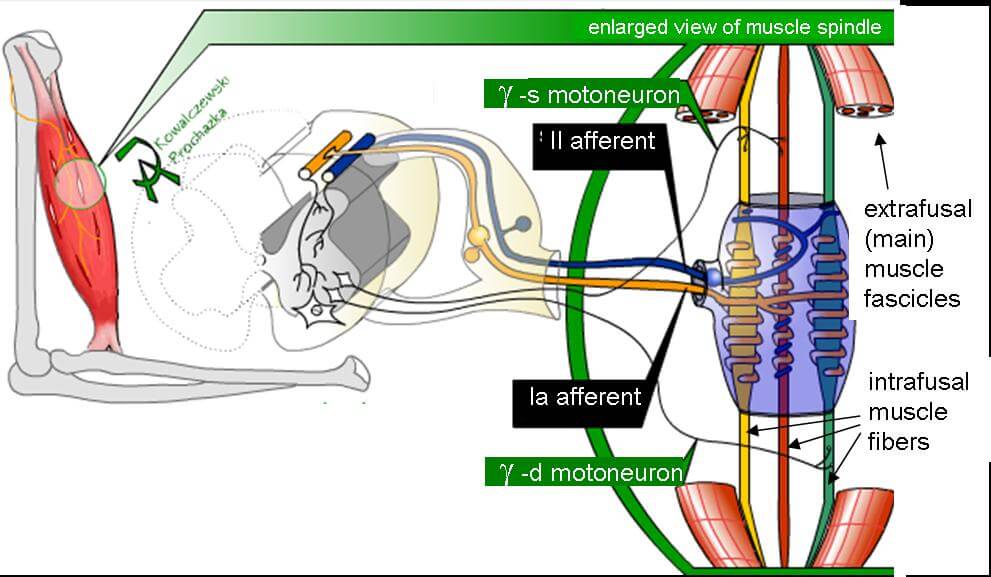Nerve fibers can be classified as A, B and C and A type fibers can be further classified into alpha, beta, gamma and delta. The size and myelination (thus conduction) progressively decreases in the descending order. A alpha: Efferent (Somatic motor) – To extrafusal fibers (muscle spindle) Afferent (Proprioception): Ia…
Category: PGMEE, MRCS, USMLE, MBBS, MD/MS
Medical knowledge in bullet points with understandable language, simplified images and graspable mnemonics.
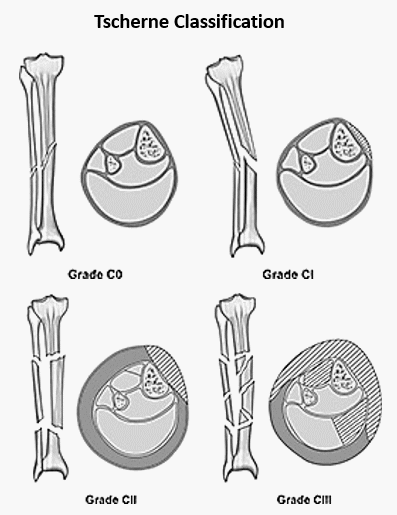
Oestern and Tscherne Classification for Closed fractures
The classification system for closed fractures is based on the physiologic concept that the energy imparted to the bone (and the resultant fracture pattern) directly correlates with the energy transferred to the surrounding soft tissues. Grade Soft tissue injury Fracture Compartment C0 Absent or Negligible Simple (Spiral) Soft and/or Normal…
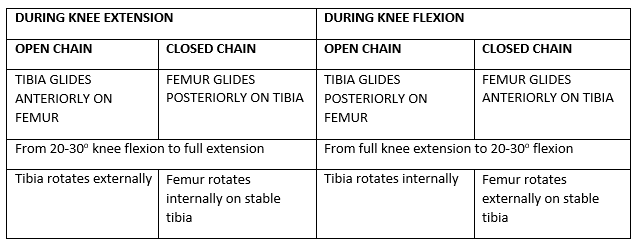
Screw-home mechanism
Synonym: Knee-locking mechanism Definition: During the final degrees of knee extension (last 20-30 degrees), an obligatory lateral rotation of the tibia occurs, i.e. non-voluntary coupled movement of knee extension and external rotation. Mechanism: External rotation of tibia with reference to the femur or Internal rotation of femur with reference to…
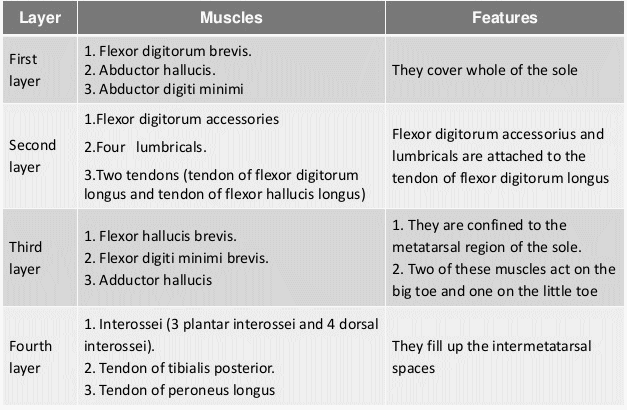
Foot muscles – Layers and Compartments
Deep to the plantar fascia, muscles of plantar foot exist in 4 different layers. Extensor digitorum brevis makes dorsal layer of foot and remaining 18 muscles and 4 tendons make the 4 layers of plantar aspect or sole of foot. In general: Layer 1 and 3: 3 muscles each that…
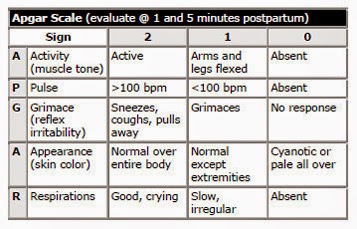
APGAR score in practice and its implications
A baby is born. Pediatrician receives the delivery, fetal bradycardia with maternal hypertension is the scenario. Baby is efficiently resuscitated. By the time everything is settled its around 7-8 minutes of babies life. In such a rush scenario, APGAR now has to be awarded retrospectively. A skilled pediatrician or neonatologist…
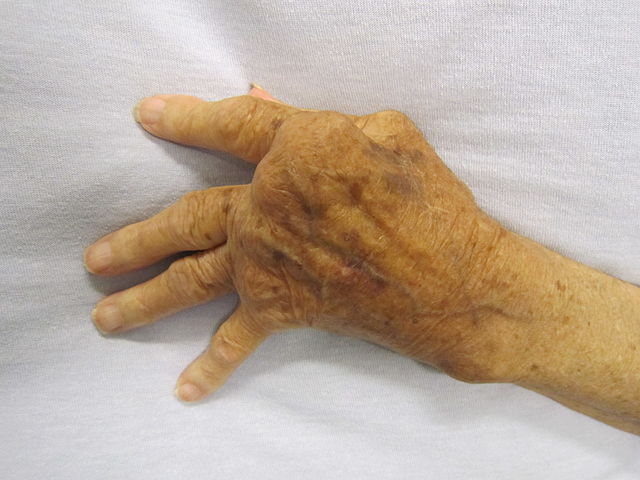
Rheumatoid Arthritis Criteria Mnemonics
The 2 commonly used criteria for diagnosis of rheumatoid arthritis will be discussed here. 1987 ACR Criteria Mnemonic: DMARDs if MADRAS Mnemonic: EARS For diagnosis of RA: 4 out of 7 criteria must be present (except duration) and criteria listed above in number 1, 2, 7 and 8 must be…
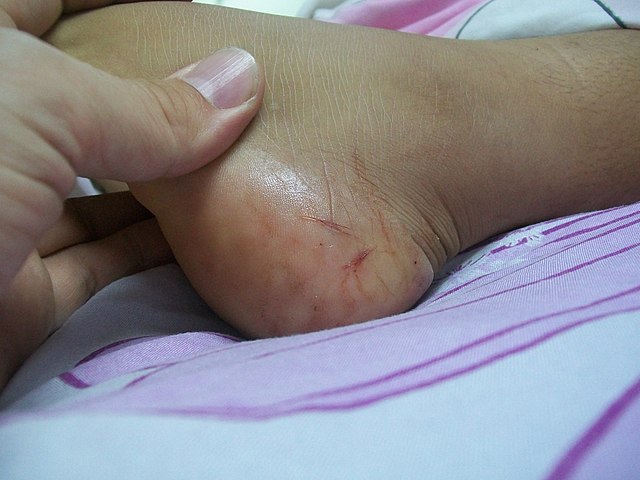
Post-snake bite compartment syndrome : Predictors
The indentification of snake species is often difficult at the time of presentation of snake bite and as the interaction between the victim and snake venom is variable. Hsu et.al. conducted a single center retrospective study to find out the possible predictors of the post-snake bite compartment syndrome (PSCS). They…
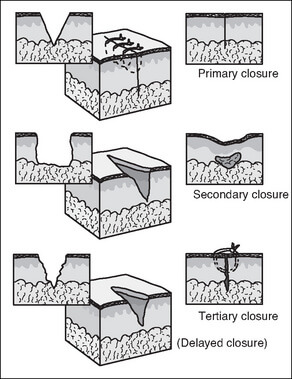
Timing of Wound Closure (Primary, Secondary, Tertiary)
Before moving to the concept of wound closure, it is necessary to understand the pathophysiology behind different types of healing. We have covered stages of wound healing in general previously. There are three types of wound healing: Primary intention Secondary intention Tertiary intention Healing by primary intention occurs when the…
